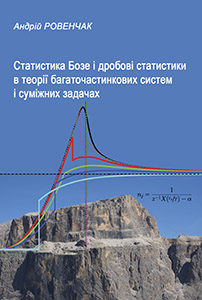
(Lviv: Lviv University Press, 2019).
The monograph outlines a number of approaches to the analysis of many-boson systems and fractional statistics systems. New types of fractional statistics are proposed: Polychronakos statistics with a complex parameter, which assumes the existence of phase transitions, and two-parametric statistics, which allow to model anyons and weakly interacting finite bosonic systems. Analogies with physical models are used for interdisciplinary studies. Several results are obtained for the problem of integer partitions from the number theory. New parameters for the classification of texts are proposed, which are related to studies of complex systems.
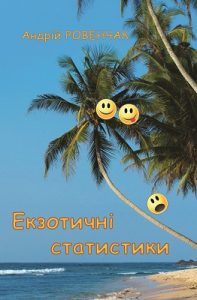
(Lviv: Lviv University Press, 2018).
A number of generalizations of traditional Bose–Einstein and Fermi–Dirac quantum statistics are presented. Approaches from statistical physics and quantum mechanics are analyzed. The following statistics are considered: Gentile, Polychronakos, Haldane–Wu, Tsallis and other non-extensive generalizations, Green's parastatistics, q-deformations, as well as the anyonic statistics and the quantum Hall effect. Separate sections are devoted to establishing correspondence between different types of statistics and mathematical apparatus of the group theory and algebra.
The volume is meant for students and post-graduates of physics and mathematics as well as for self-education.
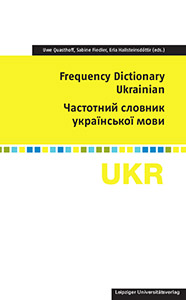
(Leipzig: Leipziger Universitätsverlag, 2016).
The series Frequency Dictionaries aims at producing dictionaries with comparable frequency data for a large number of different languages. For many of the languages featured in this collection, this series is the first comprehensive compilation using a large-scale empirical base. The dictionaries are available in print and electronic version. Each dictionary provides the most frequent 1000 word forms ordered by frequency and the most frequent 10000 word forms in alphabetical order. They provide an introductory description of the data and the methodological approach. In addition, language specific statistical information on letters, word structure and structural changes depending on word frequency is provided. The enclosed CD-ROM contains a more comprehensive version of the dictionary as an e-book, with data on relative frequency of up to 1000000 word forms given in alphabetical order.
This series of dictionaries provides the opportunity to explore comparative linguistic topics as well as monolingual issues such as studies on word formation and frequency-based examinations of lexical areas for dictionaries or language teaching.
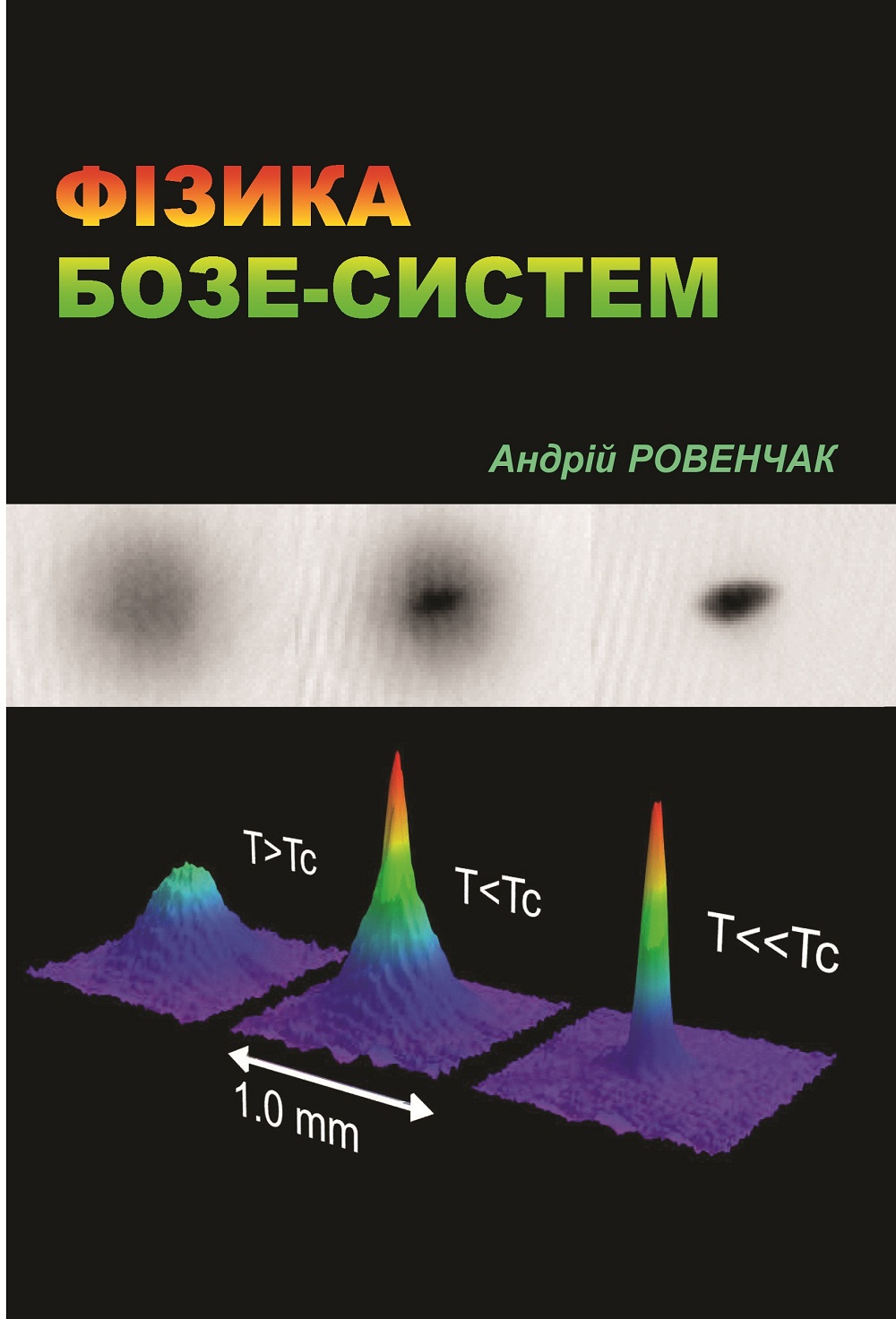
(Lviv: Lviv University Press, 2015).
The aim of this manual is to familiarize readers with physical phenomena occurring in quantum liquids and gases and the methods of their study at the mathematical level. The material is conventionally divided into two parts. The first one deals with the analysis of the properties of an ideal Bose gas, while the second one deals with interacting bosonic systems. In particular, attention is drawn to the processes in liquid helium-4 and the method of studying highly diluted systems of laser-cooled alkali metal atoms. The manual also includes original author's studies. The respective issues are particularly topical given recent experimental advances in the field of physics of Bose-systems, which is now actively developing in world's leading scientific centers.
The volume is meant for students and post-graduates of physics and mathematics as well as for self-education.
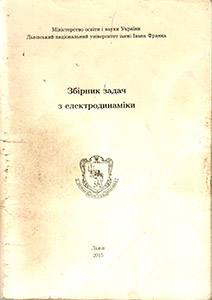
(Lviv: Lviv University Press, 2015).
The book consists of nine sections: Elements of vector calculus, Charges and currents in vacuum: Introductory remarks, Electrostatics in vacuum, Magnetostatics in vacuum, Multipole expansions, Radiation theory, Theory of relativity, Electrodynamics of medium, and Quasistatic phenomena. The beginning of each section is accompanied by a brief theoretical introduction, which outlines main definitions, statements and necessary formulas. Answers are given to all problems, with the exception of a few arguments. More complex problems are accompanied by instructions and sometimes complete solutions.
The book is meant for university students and post-graduates of physics and mathematics.
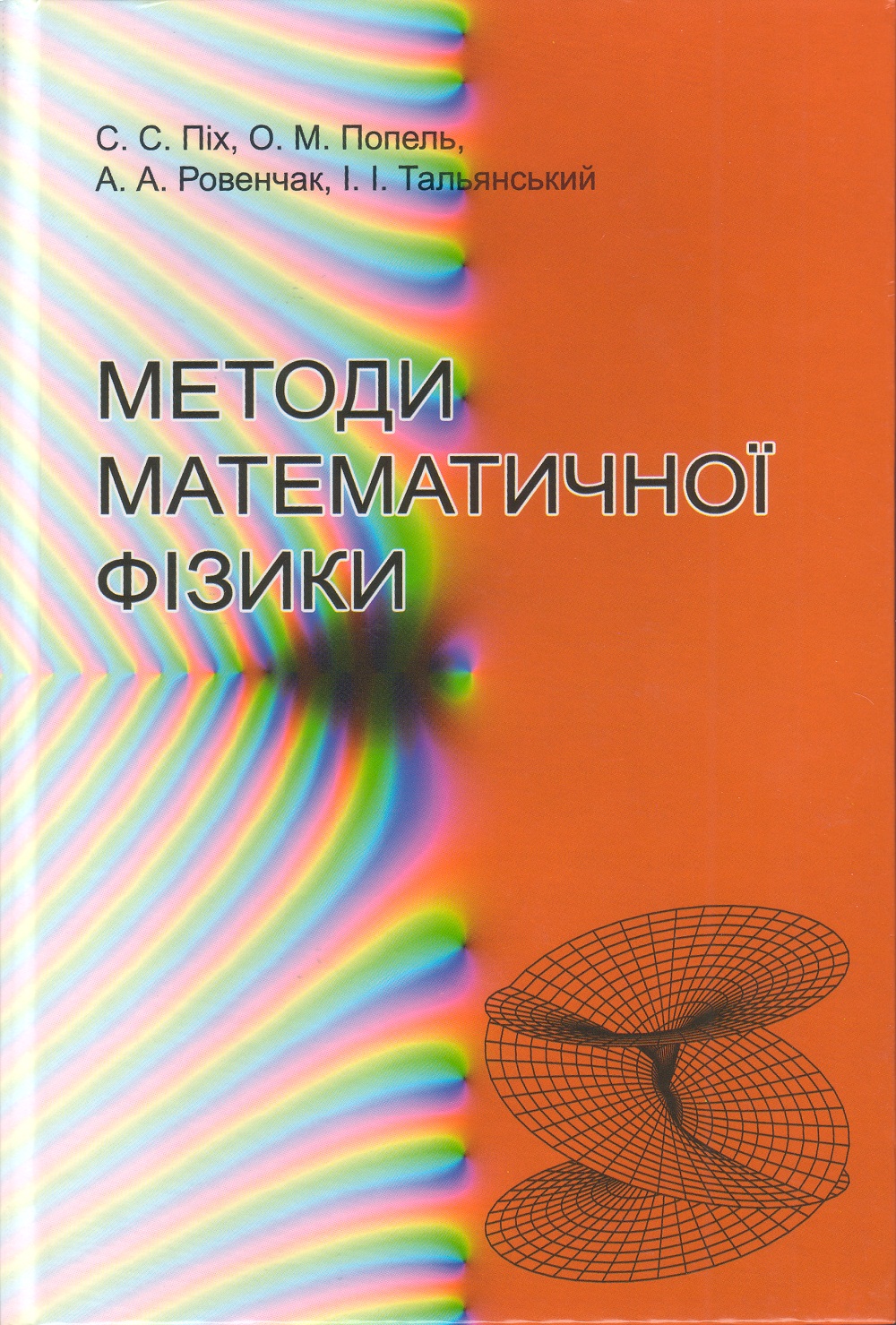
(Lviv: Lviv University Press, 2011).
The proposed textbook presents some of the mathematical methods that students of physical and related specialties need to learn in order to be able to master a well-established university course in theoretical physics. The material consists of six sections: Theory of functions of complex variable, Elements of operational calculus. Integral transformations, Generalized functions, Equations of mathematical physics, Special functions, and Elements of variational calculus. This list, with minor changes, forms the basis of a standard course in mathematical physics at the majority of the world's leading universities. The main purpose of the textbook is to teach how to use mathematical physics to solve various physical problems. Such pragmatic approach led to the selection of material. At the same time, the authors tried to make the presentation as intelligible as possible, and avoided delving into purely mathematical questions that were not absolutely necessary to complete the course objectives.
The volume is meant for students and post-graduates of physics and mathematics as well as for self-education.
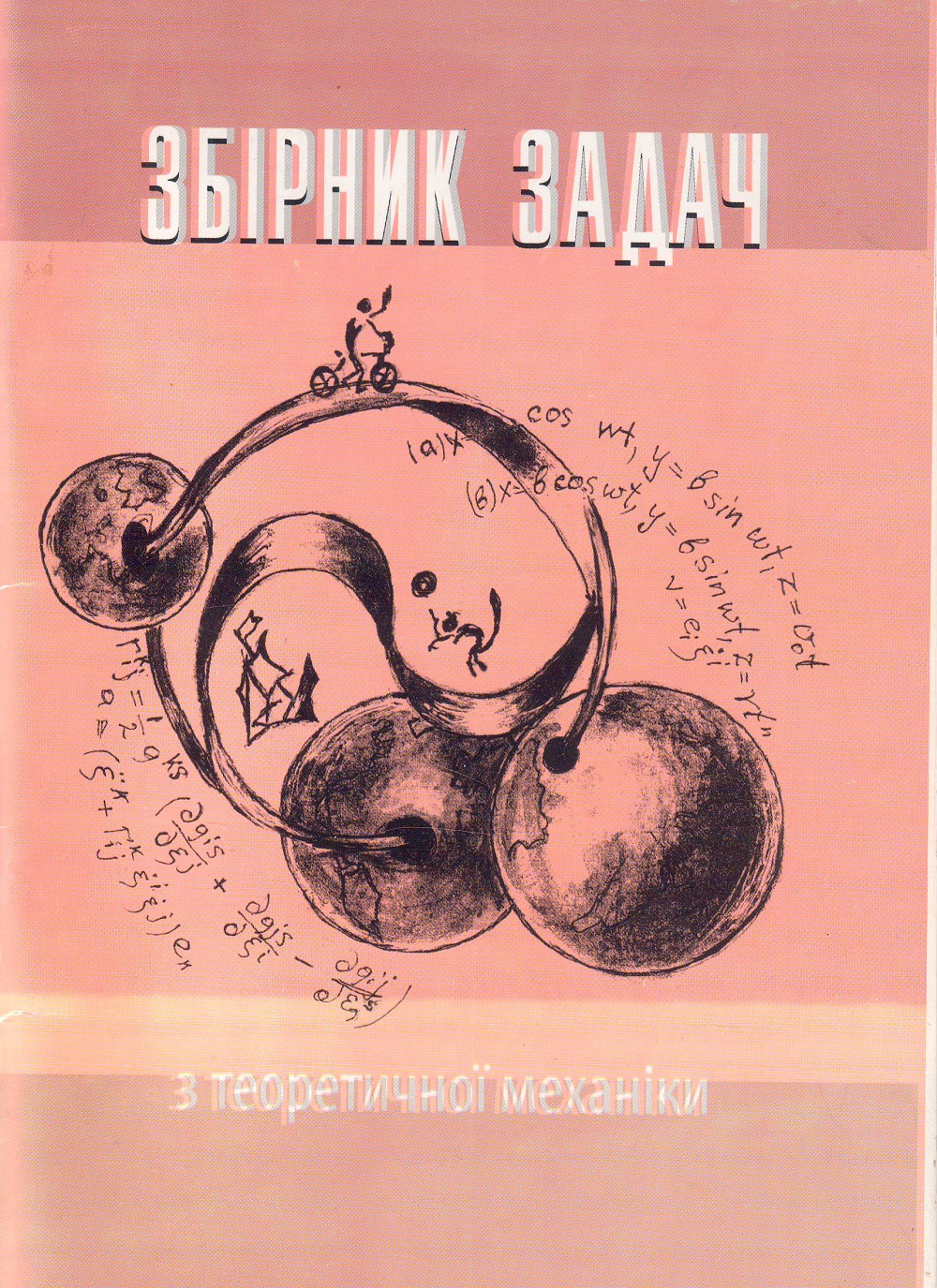
(Lviv: Lviv University Press, 2011).
The book consists of eight sections: Kinematics, Dynamics. Conservation laws, Lagrangian formalism, Hamiltonian formalism, Hamilton–Jacobi theory, Small vibrations, Movement of a solid body, and Continuous systems. The beginning of each section is accompanied by a brief theoretical introduction, which outlines main definitions, statements and necessary formulas. Answers are given to all the problems. More complex problems are accompanied by instructions and sometimes complete solutions.
The book is meant for university students and post-graduates of physics and mathematics.
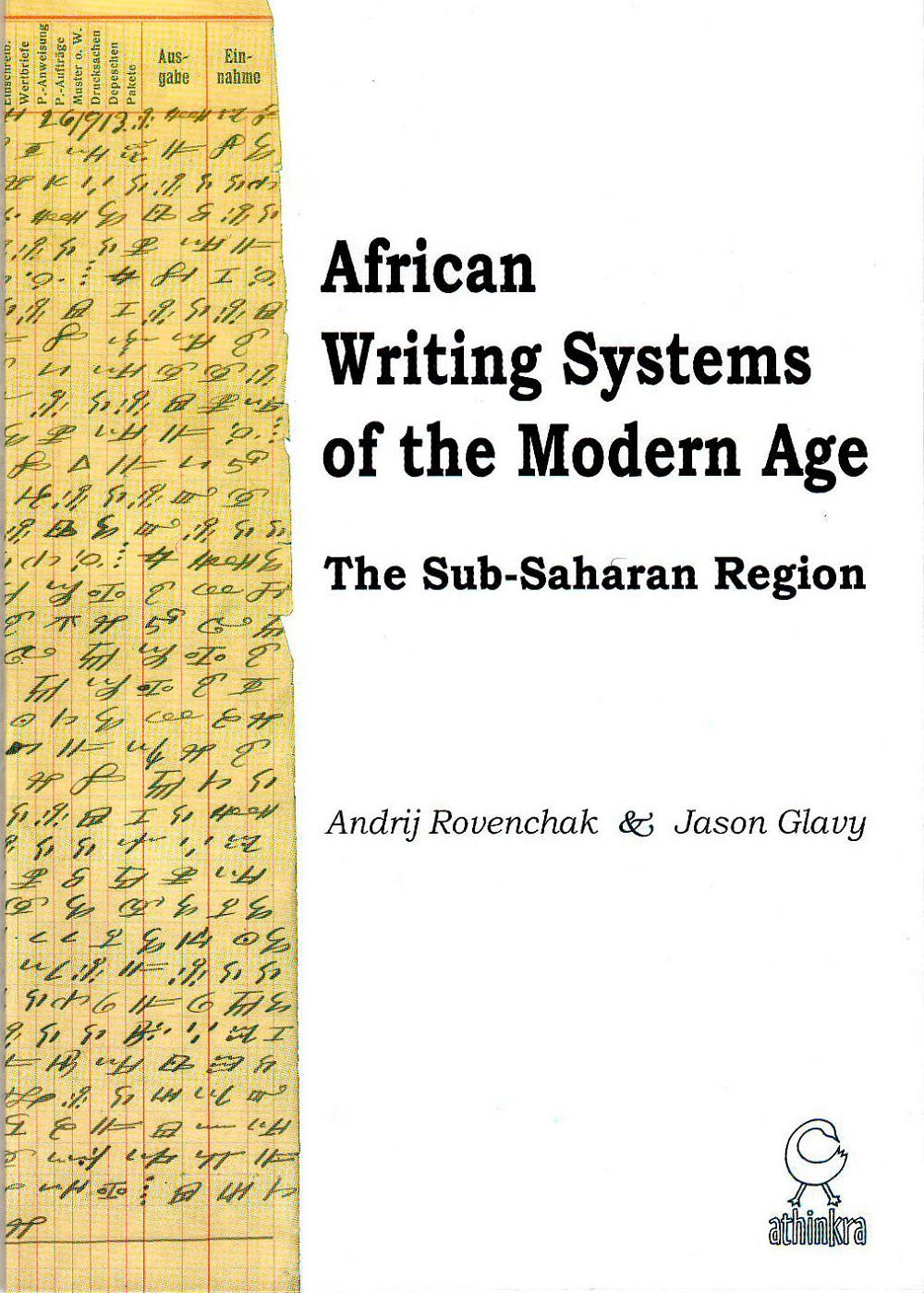
(New Haven; Buena Park; New Rochelle; London; Lviv; Abidjan: Athinkra LLC, 2011).
An overview of indigenous African writing systems is presented. In the book, thirty-six scripts of the Sub-Saharan region are briefly described and analyzed. They are: Vai, Mende, Loma, Kpelle, Bambara, Bamum, Eghap (Bagam), Bassa (Vah), Nko, Wolof Garay, Hausa Raina Kama and Hausa Salifou (Gobiri), Tafi, Somali scripts Osmanya, Gadabuursi, and Kaddariya, Oromo, Amharic script of Emperor Menelik, Nubian Kenzi script of Al-Daboodi, Nubian script of El Tayeb Saeed, Beria script, Crocker’s Bassa syllabary, Obϵri Ɔkaimϵ, Yorùbá ‘Holy’ Writing, Mandombe, Fula Ba and Fula Dita, Bété, Edo, Nwagu Aneke syllabary, Wolof alphabet of Saliou Mbaye, Aka Umuagbara, Ngamga’s Kii writing, Yorùbá script FaYé, Mwangwego script, and Ndebe Igbo script. The symbol charts with values are given for each script.
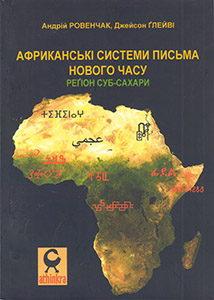
(New Haven; Lviv; Abidjan: Athinkra, 2009).
In the book, twenty-nine scripts from the Sub-Saharan region are briefly described and analyzed. They are: Vai, Mende, Loma, Kpelle, Bambara, Bamum, Eghap (Bagam), Bassa (Vah), Nko, Wolof Garay, Hausa Raina Kama and Hausa Salifou (Gobiri), Tafi, Edo, Somali scripts Osmanya and Gadabuursi, Oromo, Amharic script of Emperor Menelik, Crocker’s Bassa syllabary, Obϵri Ɔkaimϵ, Yorùbá ‘Holy’ Writing, Mandombe, Fula Ba and Fula Dita, Bété, Edo, Nwagu Aneke syllabary, Wolof alphabet of Saliou Mbaye, Aka Umuagbara, Ngamga’s Kii writing, The symbol charts with values are given for each script. An attempt has been made to identify the phonetic values for some of the characters in the Eghap script.
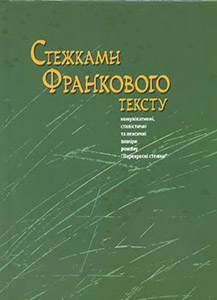
(Lviv: Lviv University Press, 2007).
Ivan Franko's novel Perekhresni stezhky (The Cross-Paths), being now a part of the school syllabus in the Ukrainian Literature, is under study in the present volume. The authors propose communicative, cognitive, stylistic, and statistical approach to Franko’s text. The frequency dictionary of the novel is also given.
The volume is meant for teachers of the Ukrainian language and literature, pupils, students, and for all those concerned with the Ukrainian word and Ivan Franko's works.
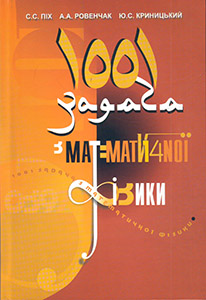
(Lviv: Lviv University Press, 2006).
The book consists of four chapters: Theory of complex variable, Integral transforms, Generalized functions, Equations of mathematical physics, Supplements (in this chapter, some problems of the variational calculus as well as those on special functions, fractional integrals and derivatives are given). The theoretical material is followed by some examples of solutions for typical problems. The book contains answers to all the problems (except those that are proofs). Sometimes instructions and solutions are also adduced.
The book is meant for students and post-graduates of physics and mathematics as well as for self-education.
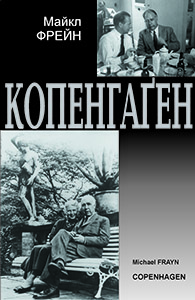
(Lviv: Lviv University Press, 2004).
The play describes the meeting of two prominent physicists of the 20th century, Niels Bohr and Werner Heisenberg, in Copenhagen in the fall of 1941. The voluminous Postscript and Post-postscript give a picture of the events associated with the discovery in the domain of atomic physics in the 1930s and 1940s that led, in particular, to the creation of nuclear weapons. The contradictions of the views of the direct participants of those events and all those who were engaged in their research are revealed. Characters' reflections make it possible for a person of any profession to feel initiated in the search for the solution of the eternal dilemma of choice, choice between humanity and professionalism, between compassion and ambition.
The book is meant for anyone interested in the issues of morality in science, the history of World War II, and the history of physics of the 20th century.